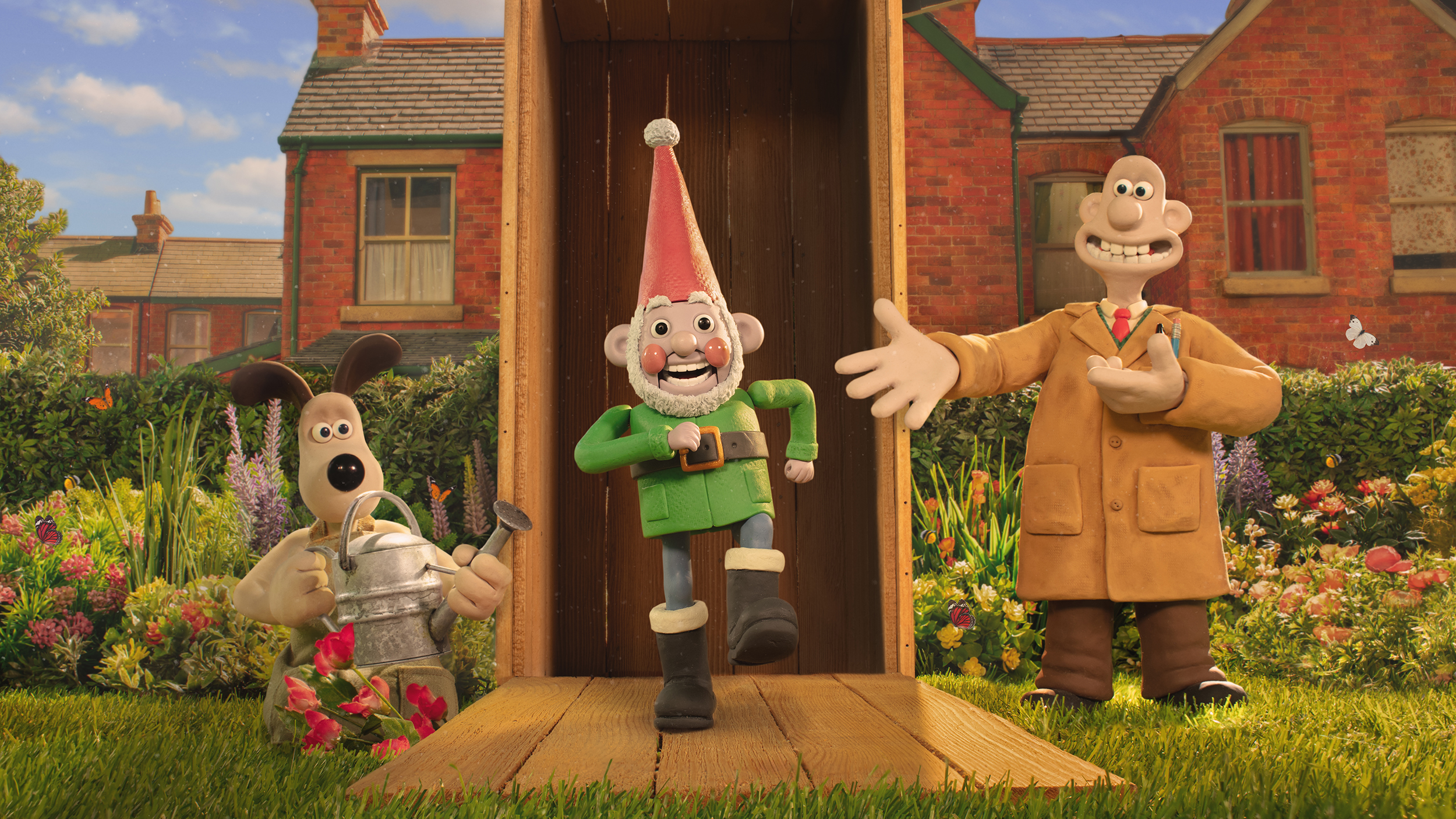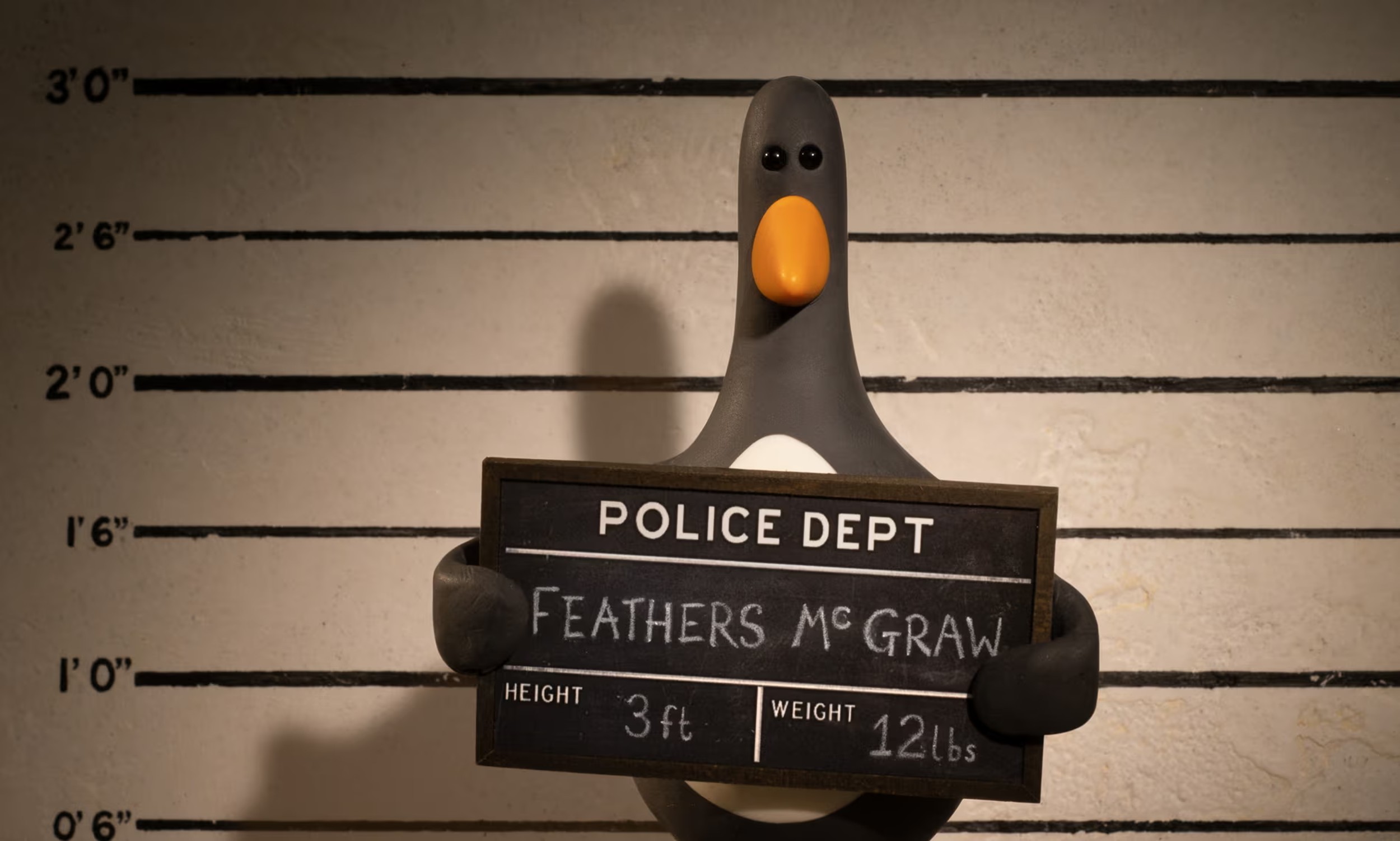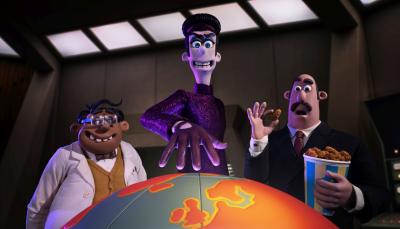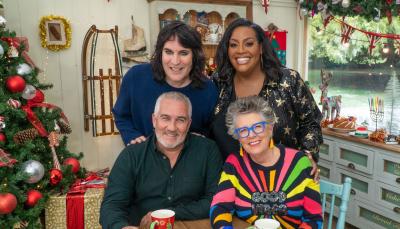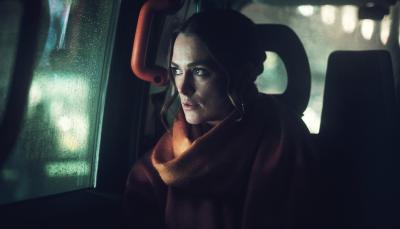'Wallace & Gromit: Vengeance Most Fowl' Is Just Shy of Eggs-cellence
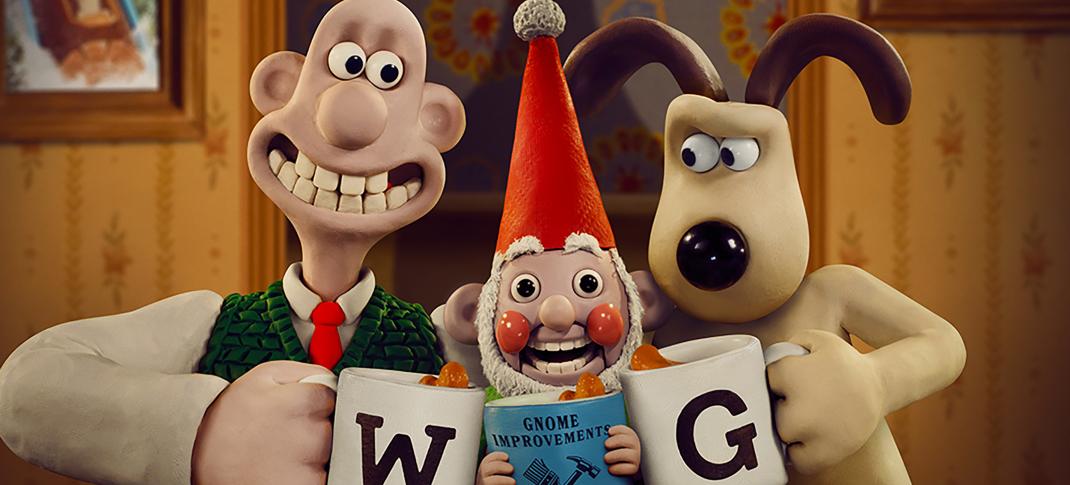
'Wallace & Gromit: Vengeance Most Fowl' Key Art
Netflix
“I met this six-year-old child with this blank, pale, emotionless face and the blackest eyes – the Devil’s eyes.” Replace “child” with “penguin with a rubber glove on his head,” and this description of Halloween villain Michael Myers would easily apply to Feathers McGraw – a diminutive penguin whose beady black eyes and soft-footed waddle hint at the malevolence swirling inside his plasticine ravine head. He debuted in Wallace & Gromit: The Wrong Trousers, where he lodged with Wallace, a Northern English inventor, and Gromit, his loyal, sardonic dog, and threatened to tear apart their friendship in pursuit of a priceless diamond – and like many fan-favorite franchise villains, he’s made a dastardly return.
Vengeance Most Fowl is the first Wallace & Gromit film in over 15 years. While it may be the least accomplished of the Wallace & Gromit adventures, its copious sight gags, and delicious heightened tone are a welcome reminder that the cheese-loving inventor and his faithful hound are still baked into Aardman’s DNA.
For 35 years, Wallace & Gromit has cemented itself as British iconography – their stop-motion hijinks make them far more winning than other British titans like Paddington Bear or the Royal Family. Created by Aardman animator Nick Park in the fledgling days of the Bristol-based animation studio, Wallace, Gromit, their friendship and their contraptions have carried them to the Academy Awards five times, taking home three Oscar trophies and a reputation as Britain’s most invincible cultural icon. Don’t pretend you’re better than the blunt puns and Rube Goldberg delights of their cozy but contraption-enhanced house – their cheeky charm will bowl you over.
But the history of Aardman’s feature films is not as smooth-sailing as their successful Wallace & Gromit output – DreamWorks preemptively ended a five-picture deal with the studio after their first CG-animated film Flushed Away flopped hard. (The feature-length Wallace & Gromit film, the Hammer Horror-riff The Curse of the Were-Rabbit, didn’t make much cash either, but it did win the Best Animated Feature Oscar.)
Aardman’s CG Christmas tale Arthur Christmas fared a little better, but it wasn’t until the studio returned to the lower-scale budgets of stop-motion that their releases resembled the success of Chicken Run. But Aardman hasn’t released a film in US theaters since the prehistoric soccer comedy Early Man in 2018 -Shaun the Sheep: Farmageddon, felt-motion short Robin Robin, Chicken Run 2, and now Vengeance Most Fowl, the legacy sequel to The Wrong Trousers, have all found a home on Netflix.
It’s a shame that executives have decided on our behalf that the audience for seeing stop-motion films in theaters no longer exists, but the BBC/Netflix broadcast of Vengeance Most Fowl is a little less offensive considering how squarely the brief feature film aims for the pleasures of the previous televisual installments.
Wallace has gone full-on technocrat. His home is overfull of overly complex machines that fulfill exclusively menial tasks, and his convenience-focused mindset infringes on his agency and Gromit’s. His new invention, Norbot, a robotic garden gnome gardener, makes swift work of Gromit’s carefully, personally pruned garden, turning it into a soulless, corporate-feeling monstrosity of neatness and symmetry. Wallace starts a new gardening business with his nifty, annoying mechanical gnome, turning every customer’s garden into a vision of middle-class conformity.
It’s not much of a stretch to read an artistic critique behind the gags – Norbot’s impersonal, robotic labor feels like the antithesis of the literal hands-on, creative process that is the lifeblood of Nick Park and co-director Merlin Crossingham.
As Feathers plots to escape and reclaim his thwarted prize from behind the bars of his prison (the local zoo), Wallace’s name is dragged through the mud. Some variation of Wallace and/or Gromit being besmirched and doubting each other happens in nearly all their films; however, the uninspired plot feels less like safe retreading and more respectably modest in its ambitions.
The stakes are pretty low – Vengeance Most Fowl doesn’t convince us that Feathers getting his flippers on the diamond is a terribly bad thing – and doubling the length of The Wrong Trousers often highlights how precise and economic Aardman’s storytelling can be. Compare the train-set climax of the short film (above) to the extended canal barge chase at the end of Vengeance Most Fowl – the excitement, absurdism, and grace of the former are aped without terrific success in the latter.
Vengeance Most Fowl suffers when we cut away from our title characters to a forced and deflating B-story following buffoonish Chief Inspector Mackintosh (Peter Kay) and newly qualified PC Mukherjee (Lauren Patel). The dialogue in Wallace & Gromit is funny, but far less so when neither of them is present, and the conflict of Mukherjee trying to prove herself as a good cop feels out of place in a heightened pastiche of film noir – a genre with little faith in law enforcement.
In returning to the series that made Aardman’s name, Park and screenwriter Mark Burton forget that Wallace was the only character with lines until the third short, A Close Shave, and a reliance on the visual language of silent and classic cinema is what distinguishes the films in a time of quickly saturated family animation. It may be impossible to replicate the freshness of Wallace & Gromit in today’s age, but there was a time when Aardman wouldn’t settle for being just shy of excellence.
Wallace & Gromit: Vengeance Most Fowl is streaming on iPlayer in the U.K. and will debut on Netflix everywhere else on Friday, January 3, 2025.

